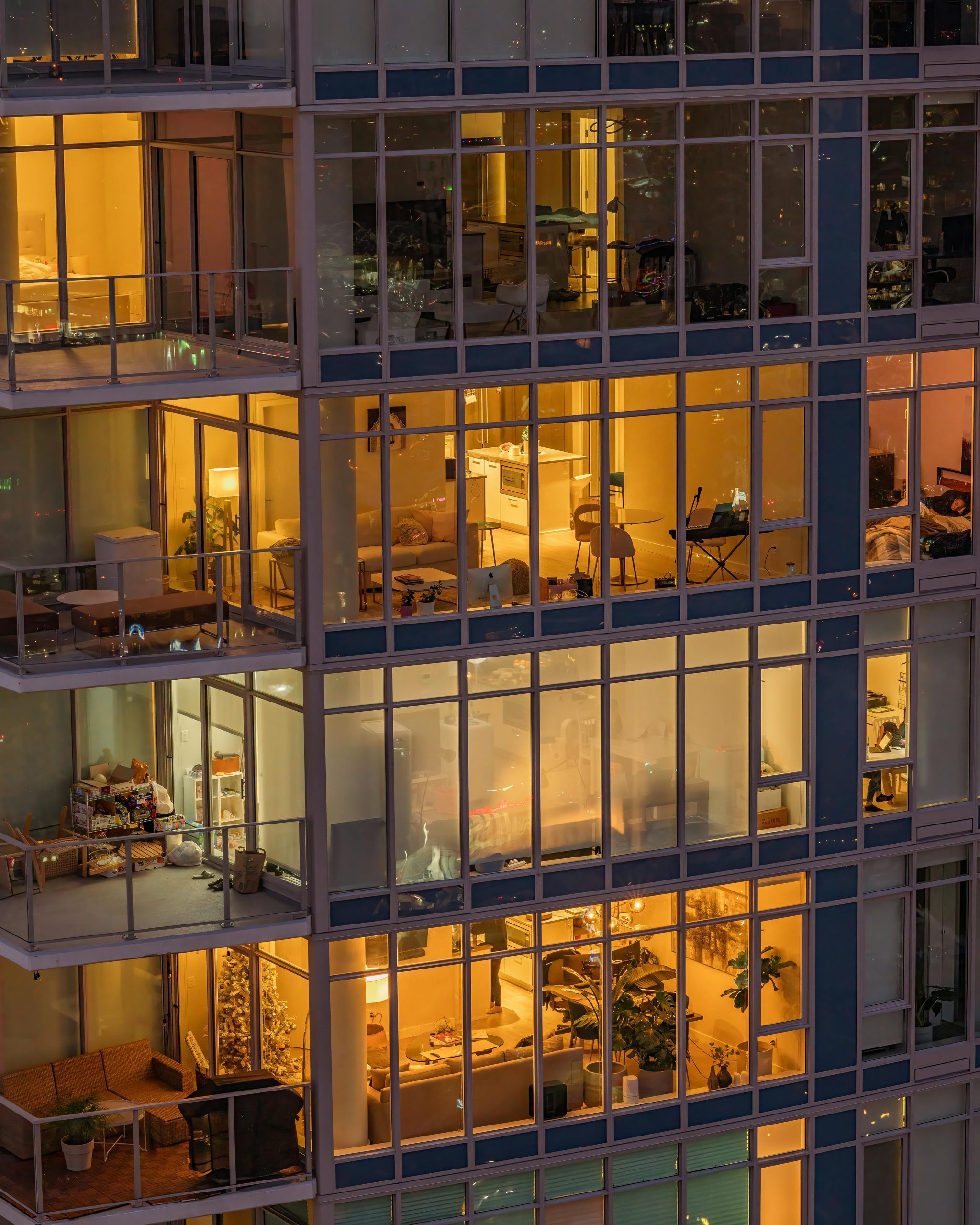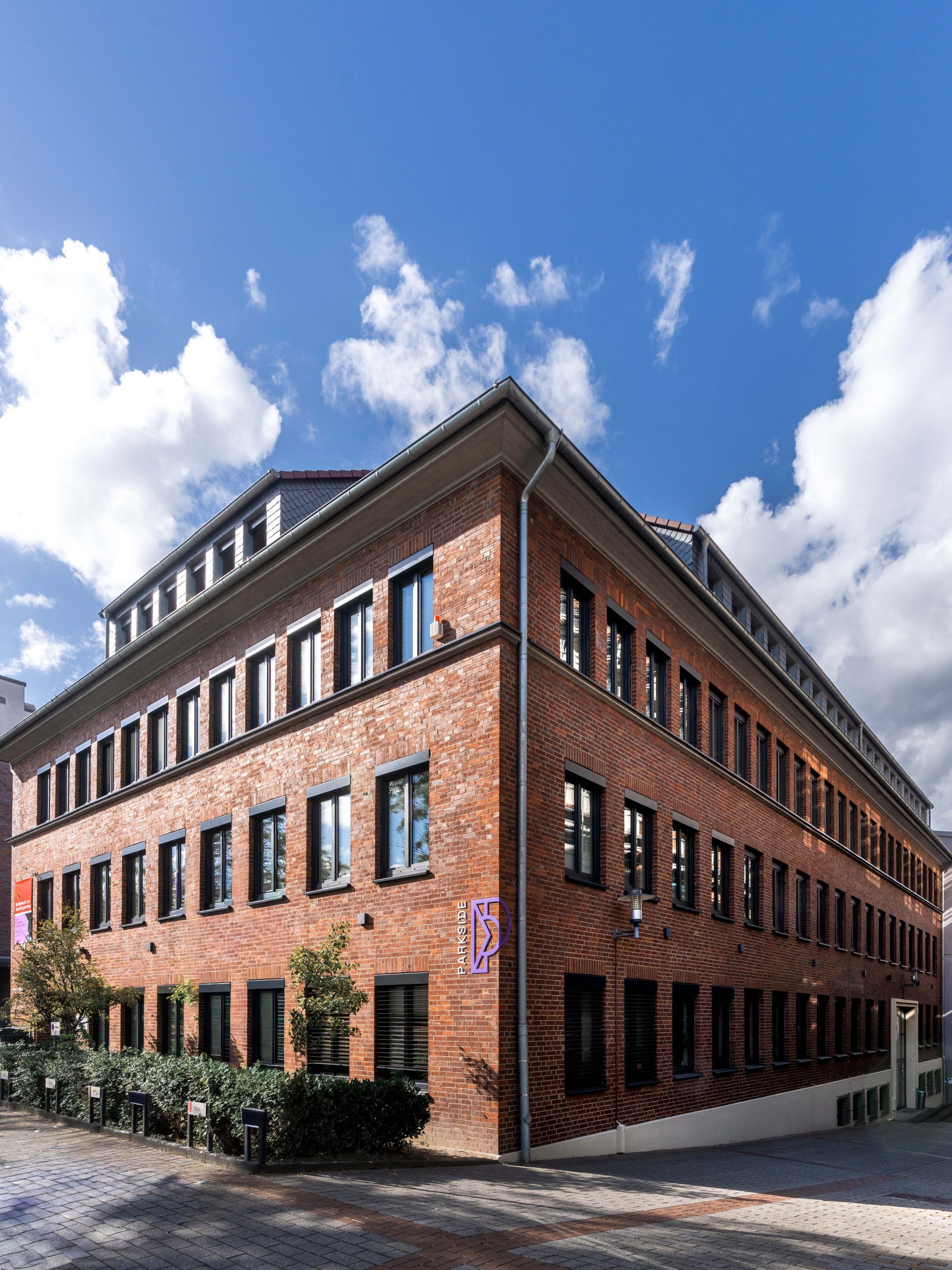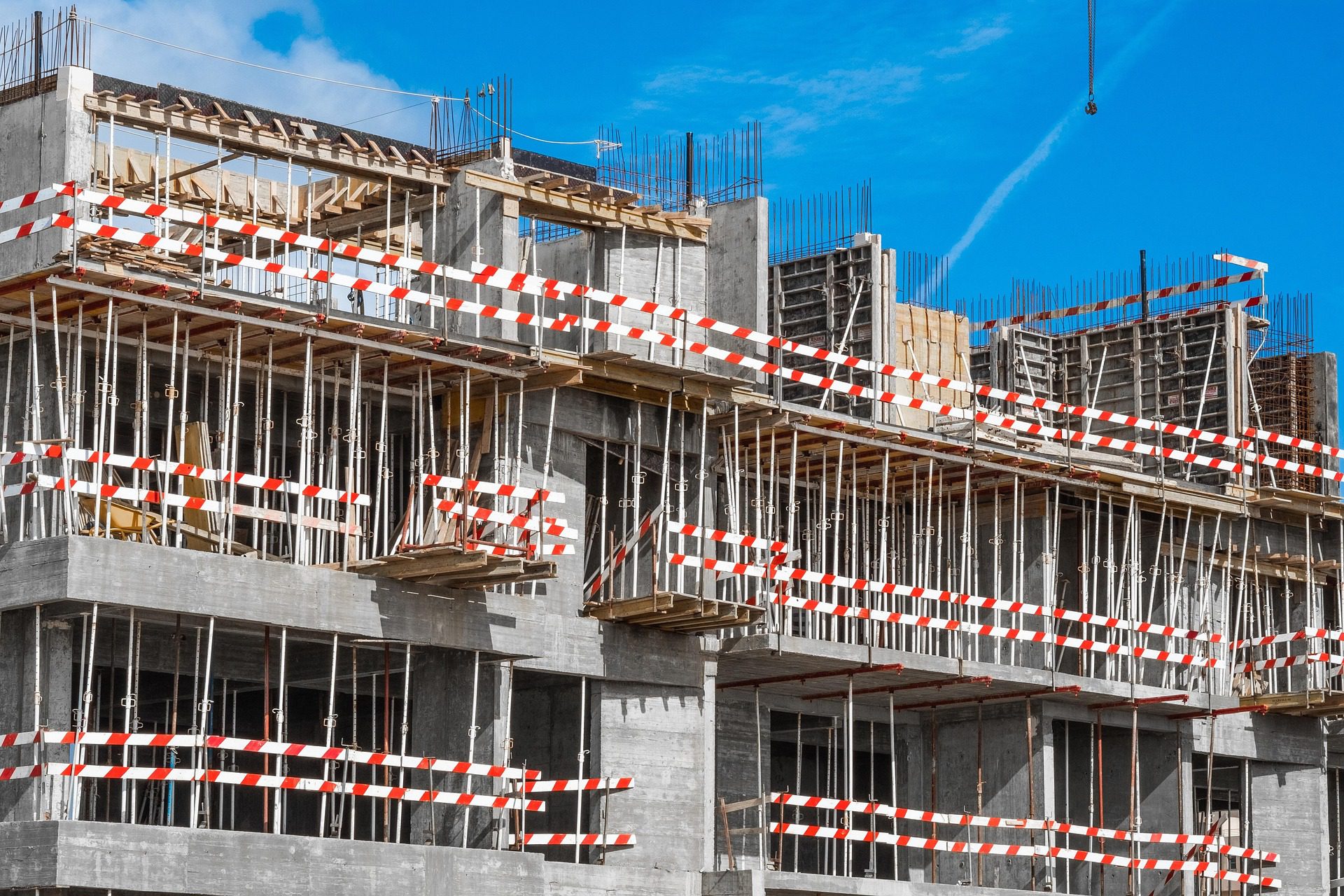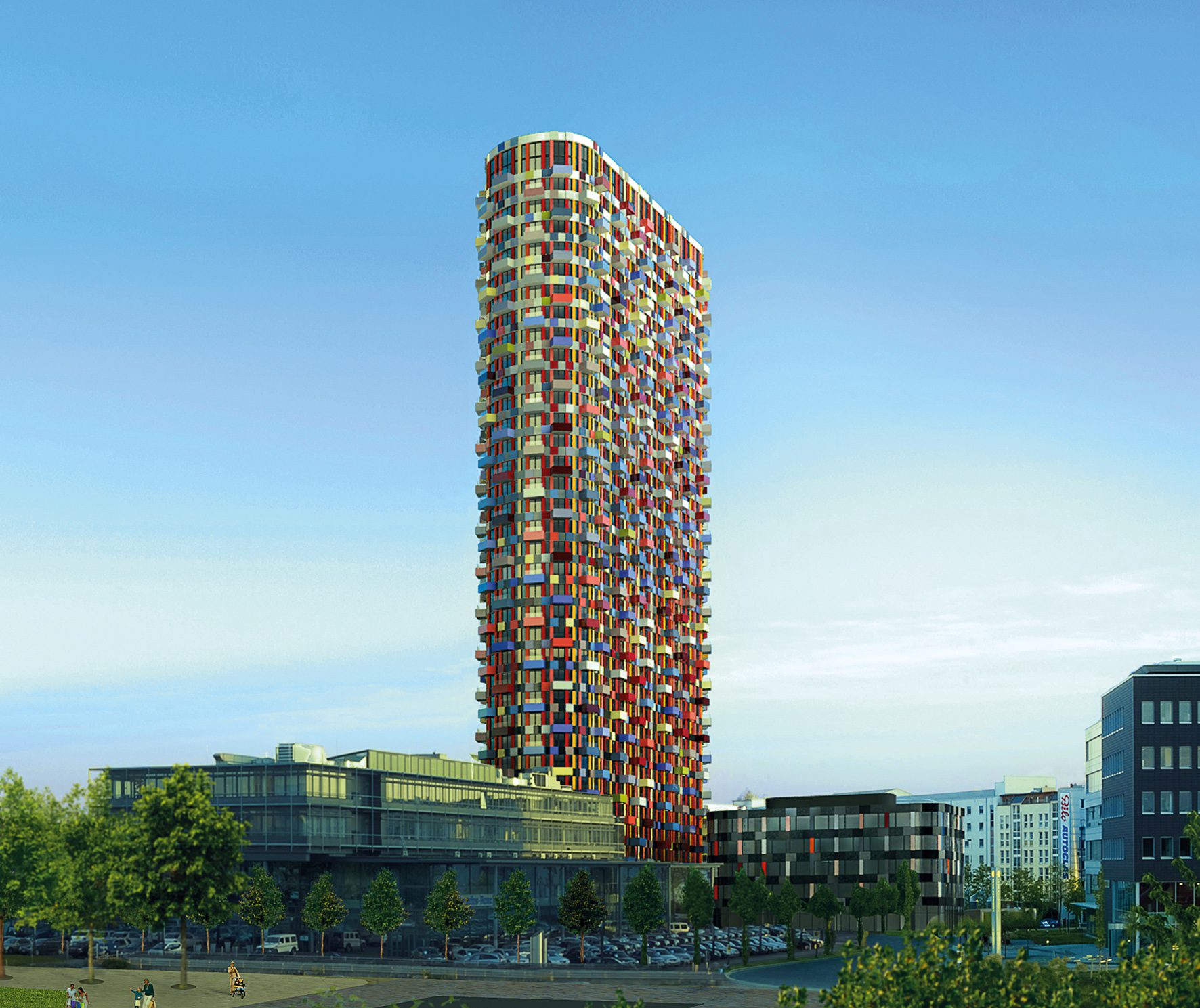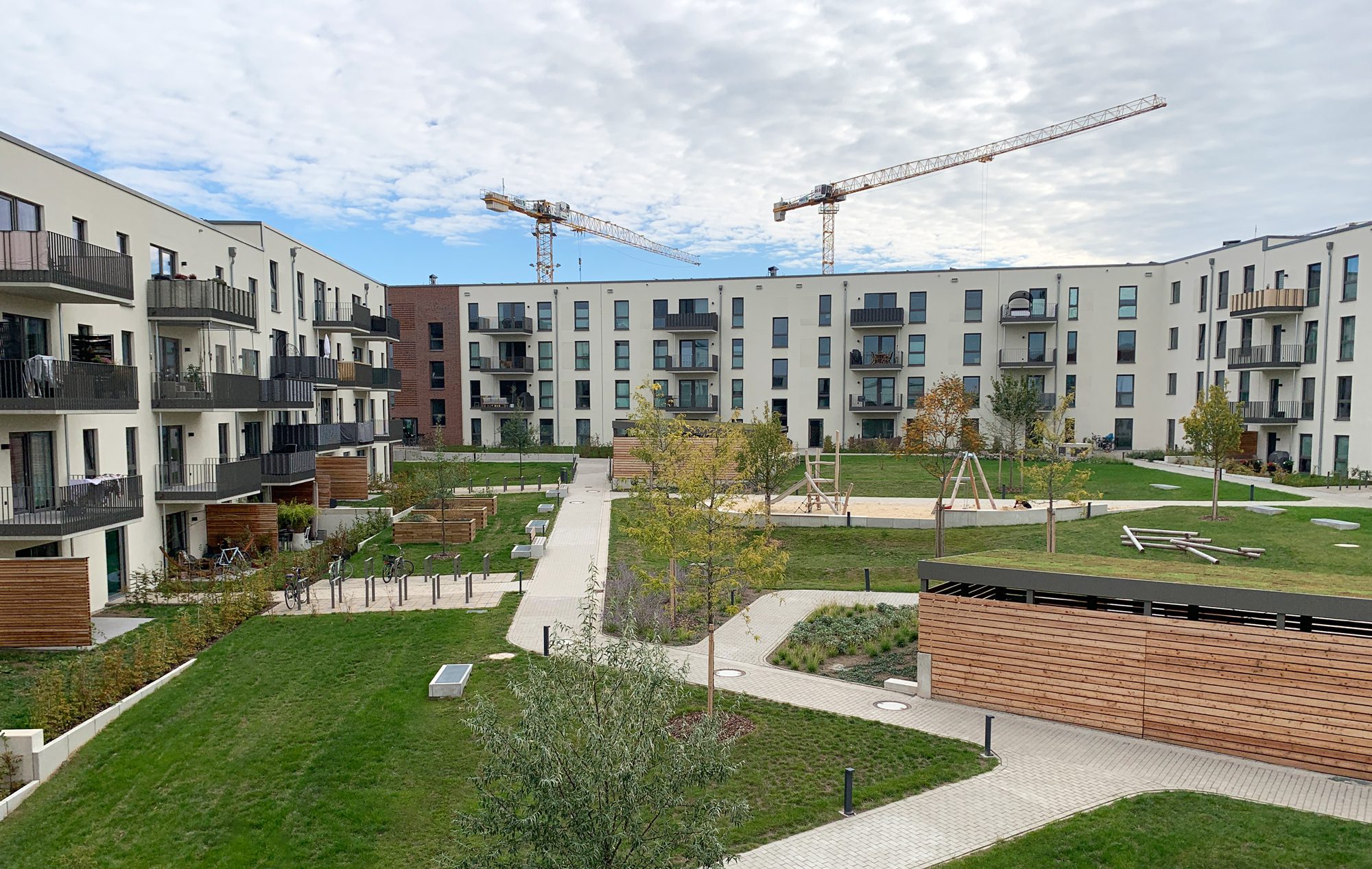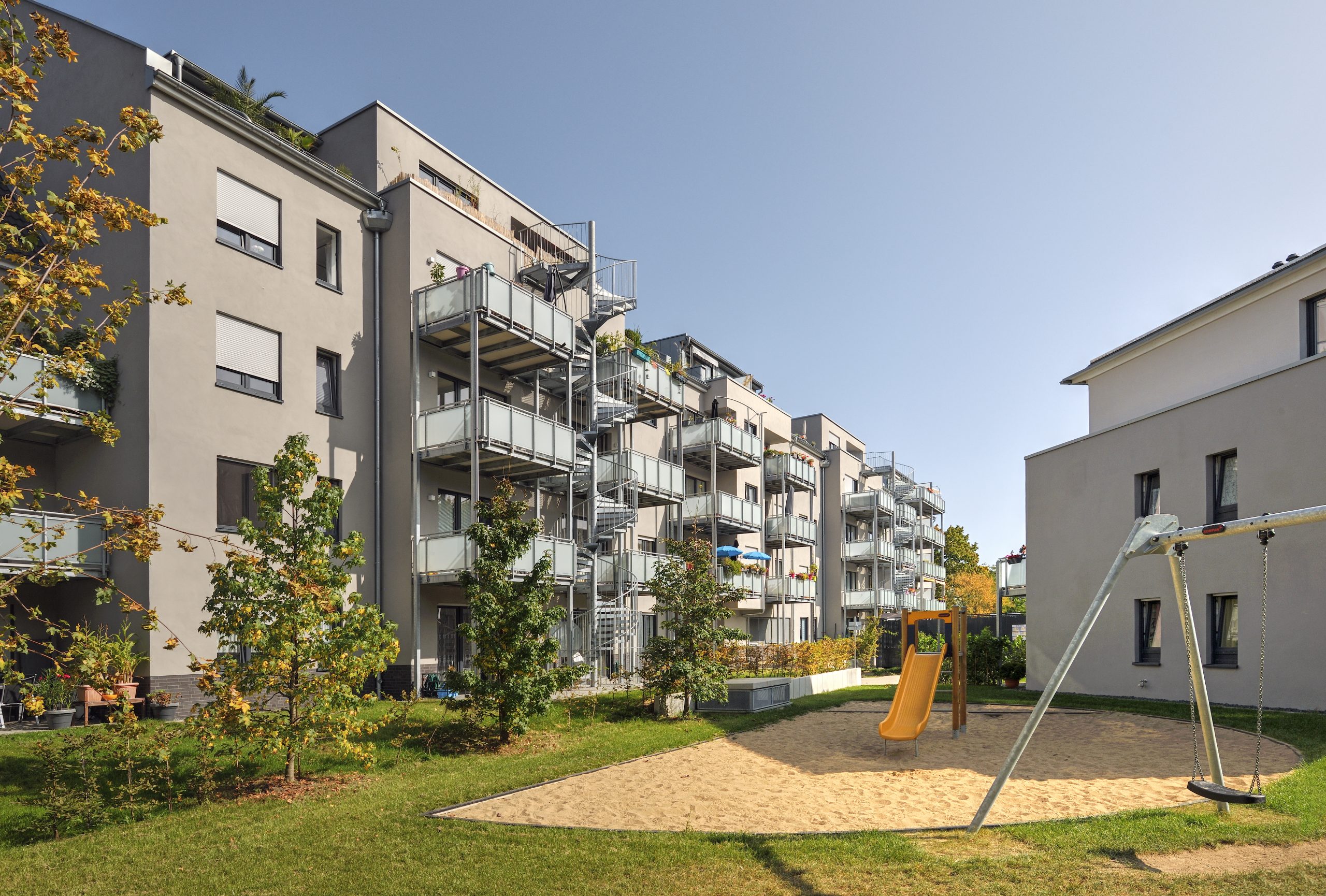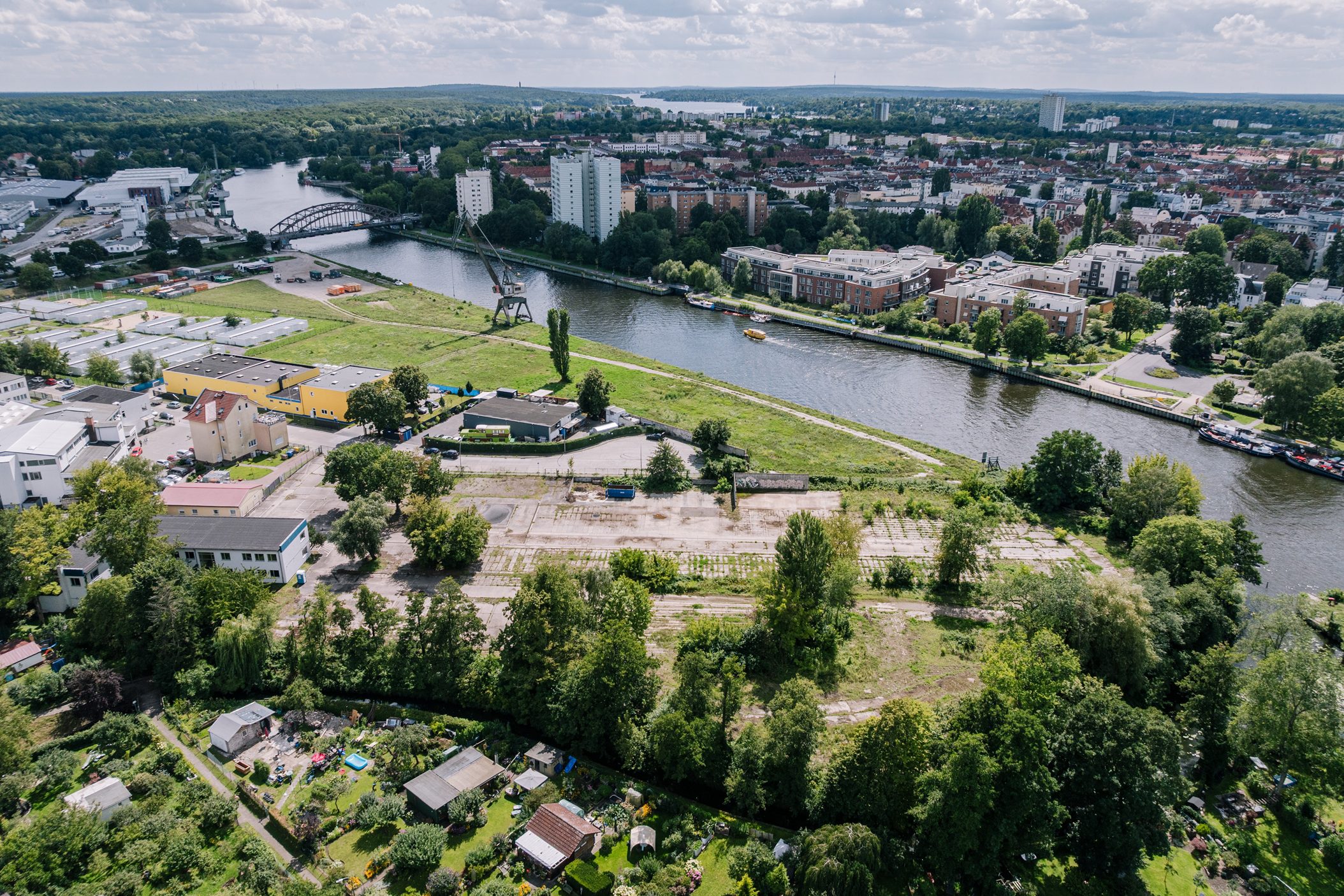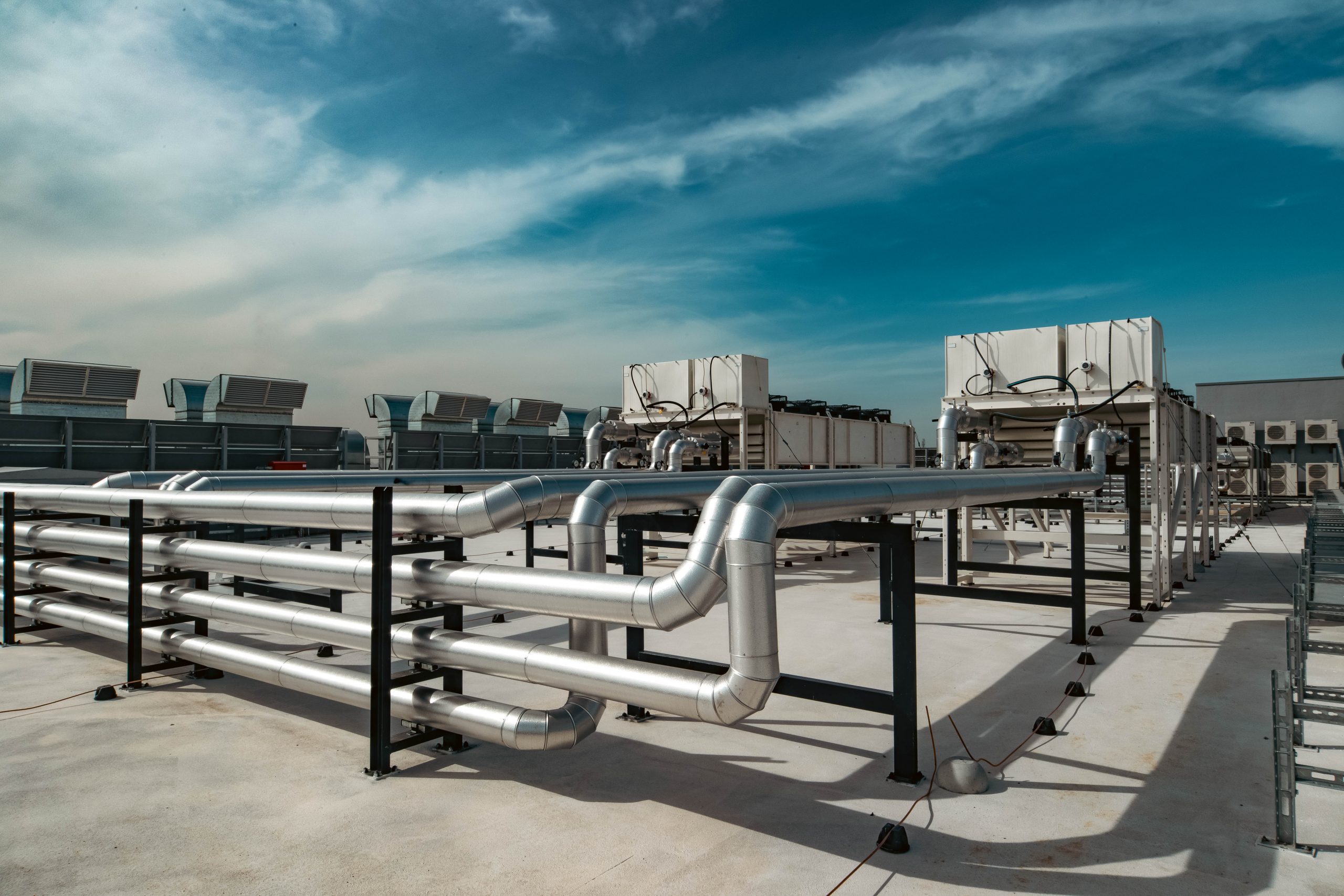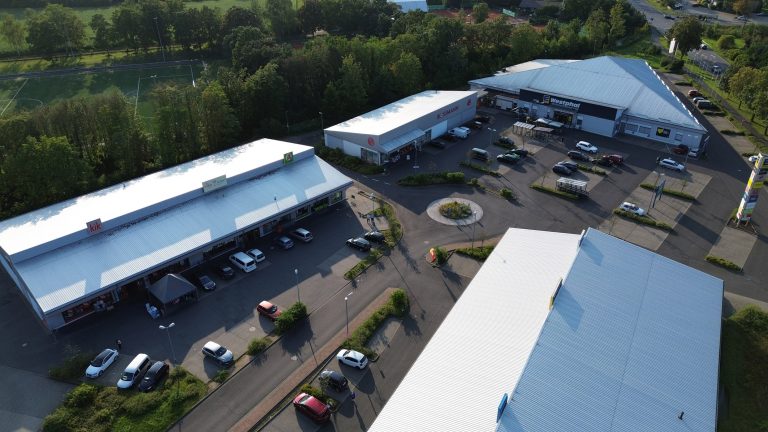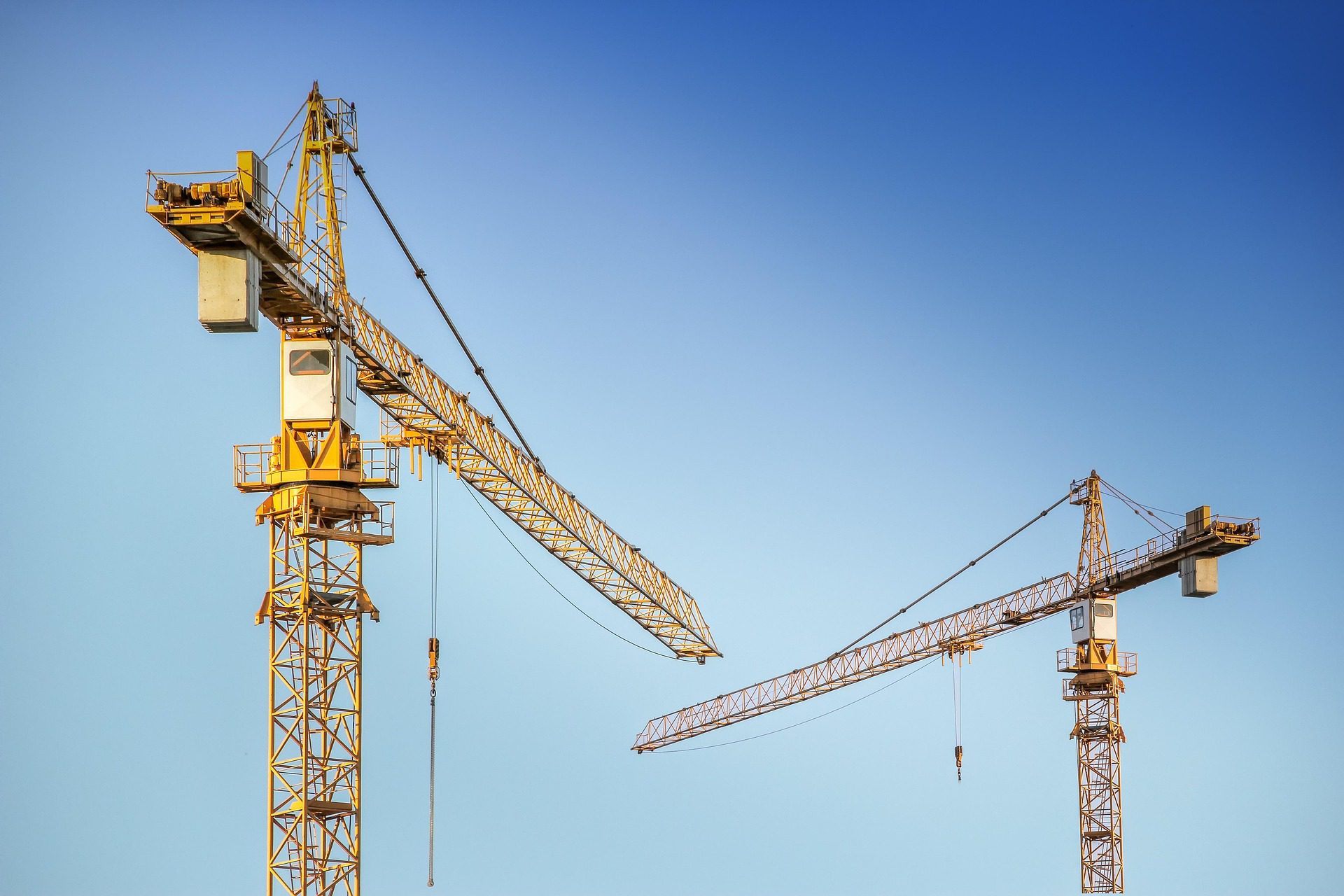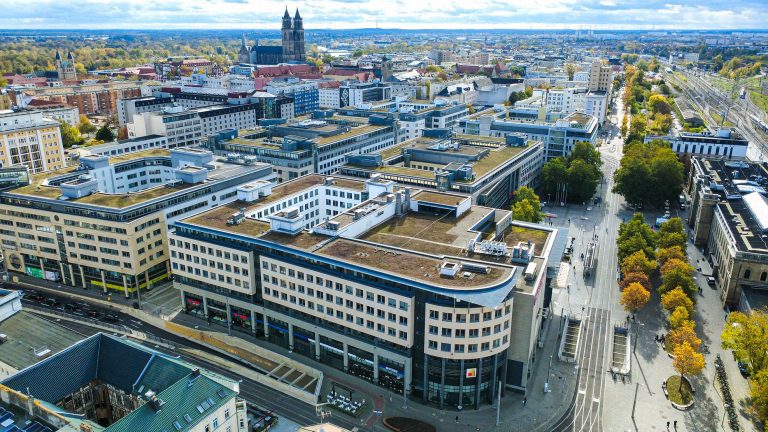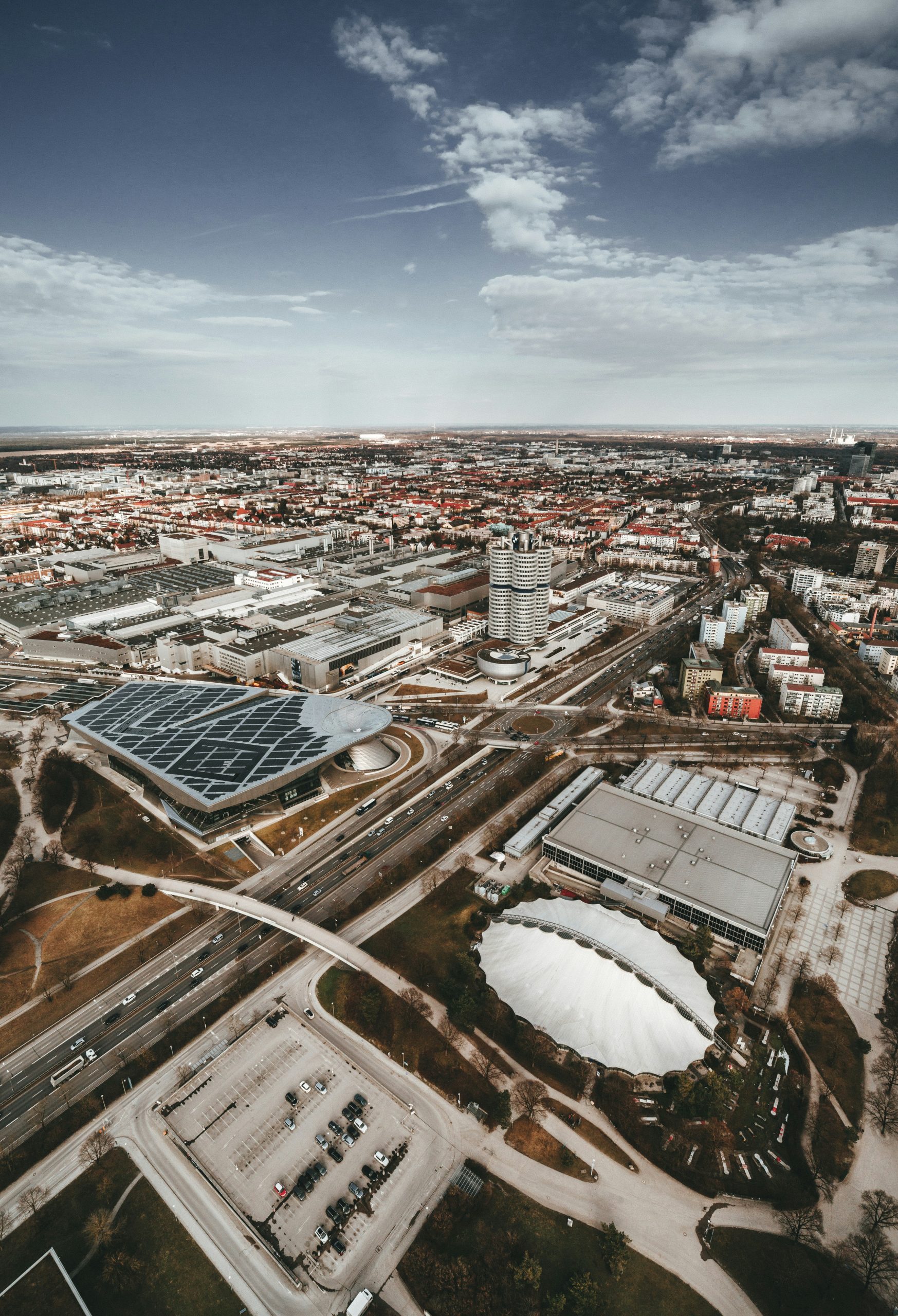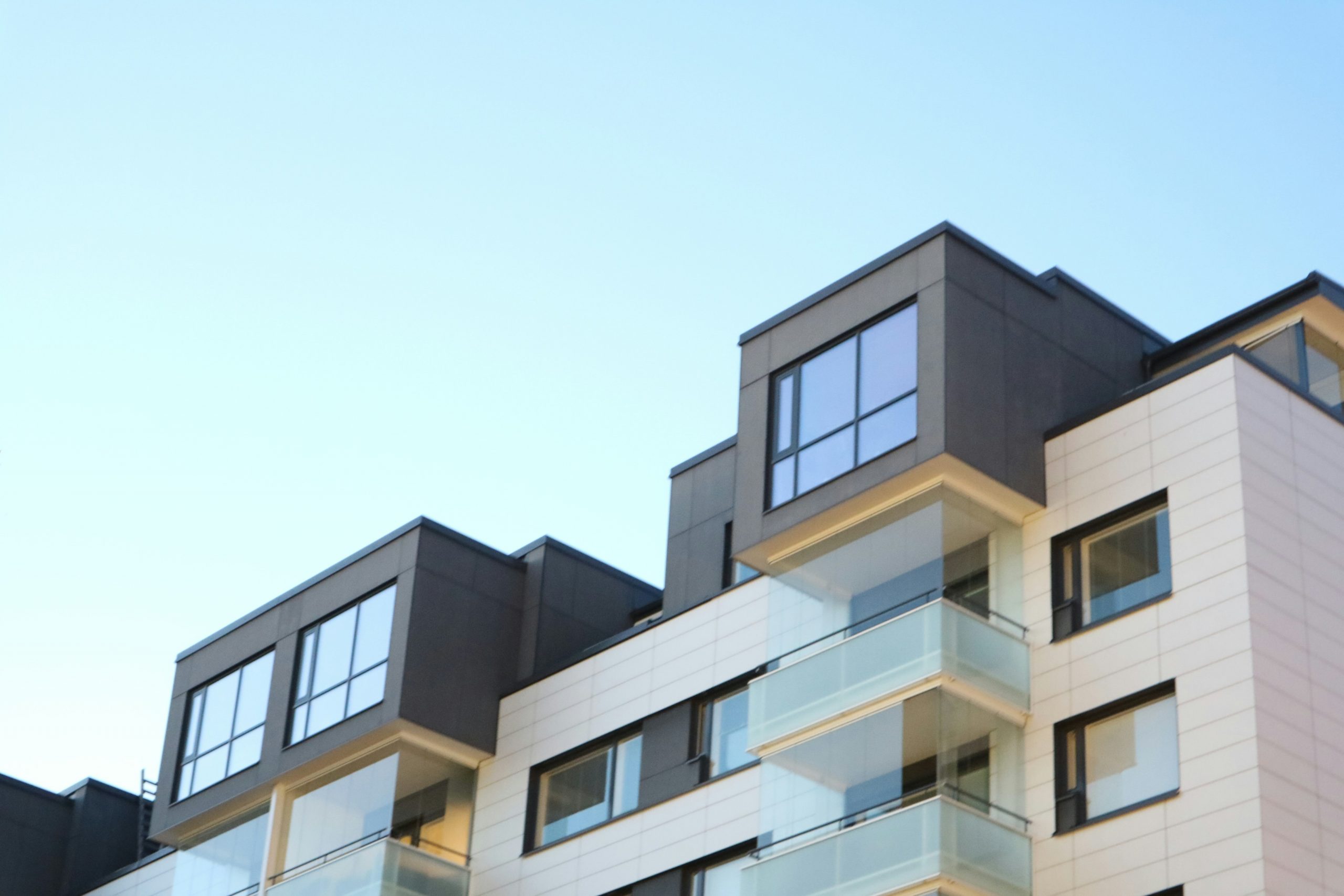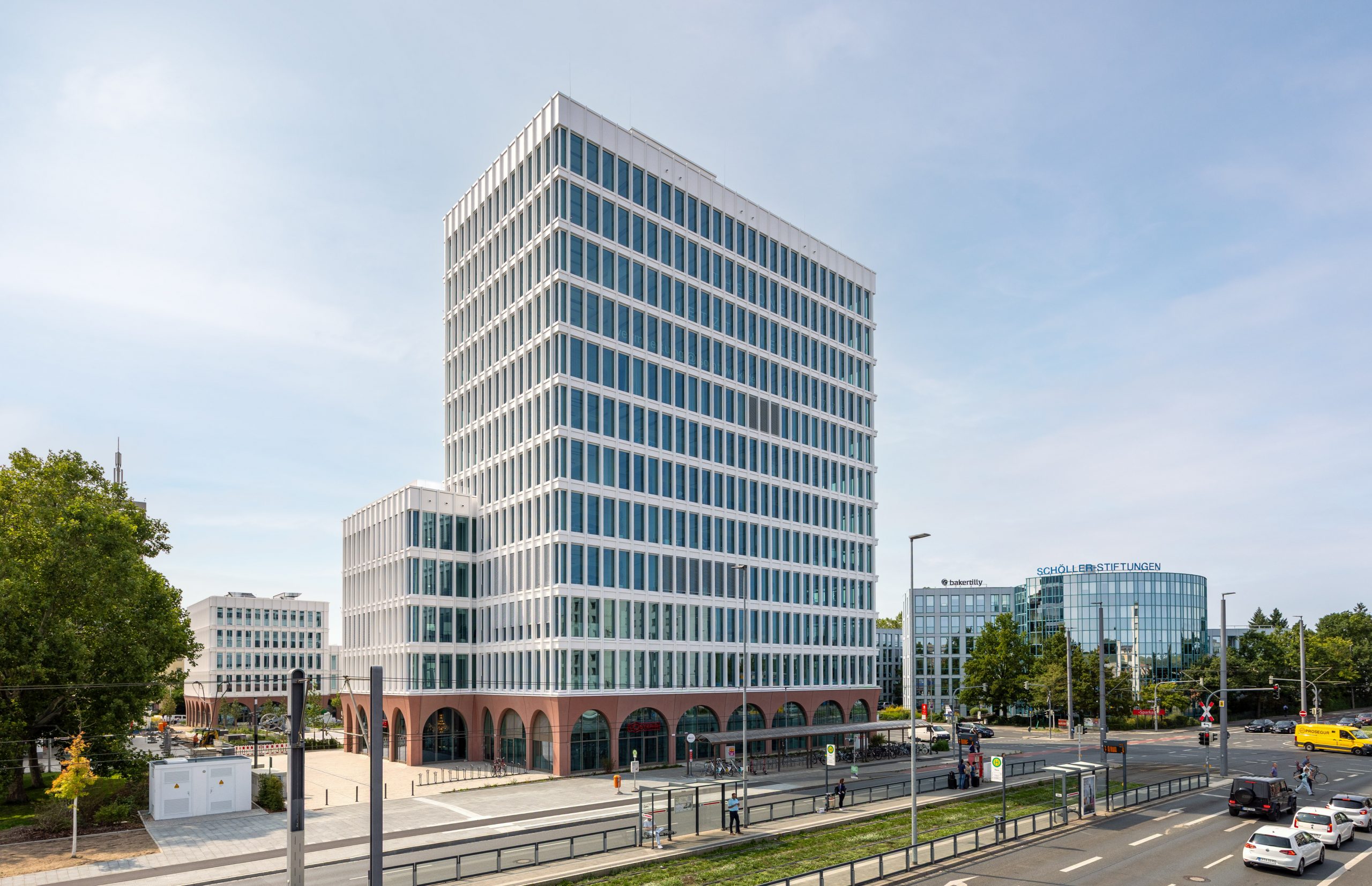In the third quarter of 2025, the German residential investment market continued its market recovery from the first half of the year, although the momentum has recently weakened slightly. In total, around €6.3 billion was invested in larger residential portfolios of 30 residential units or more in the first nine months of 2025, exceeding the result from the same period of the previous year by 7%. In view of the completion of the consolidation phase and the increasing number of available investment opportunities, the market recovery is likely to accelerate in the final quarter and lead to a year-end result above the previous year’s result. This is the result of the analysis by BNP Paribas Real Estate.
“After the first three quarters of 2025, the residential investment volume amounted to €6.3 billion. After nine months, residential housing thus maintains first place as the asset class with the highest turnover in the German real estate market. The strongly improved sentiment is supported by the forward deals, which have gained in importance. Three large-volume transactions in this segment in Berlin and North Rhine-Westphalia in the past quarter testify to the confidence of investors in the good prospects of the German residential real estate market. In addition, the significantly increased weight of large-volume nationwide portfolios and the return of interest in the value-add segment are making a significant contribution to the sustainable market recovery,” explains Christoph Meszelinsky, Managing Director and Head of Residential Investment at BNP Paribas Real Estate GmbH. “The registered investment volume declined moderately in the third quarter compared to the first two quarters. This is not so much due to a declining demand situation, but rather to limited supply, especially in the large-volume segment above € 100 million. Nevertheless, the increased frequency of transactions in the third quarter can be seen as a positive indicator for the market. The continuing weakening side of the economy and the existing geopolitical risks are clearly positively overshadowed on the German residential investment market by the good prospects on the user side and improved capital availability. This is reflected in a very well-filled deal pipeline that is likely to drive the German residential investment market in the coming months.”
Large-volume transactions of over €100 million with a market share of 37%
Large deals over €100 million account for the highest share of the total investment volume at 37%, although this contribution is relatively lower than the long-term average (Ø10 years: 51%). After eight nationwide portfolios were registered in the first half of the year, two forward deals contributed considerable shares to the investment volume of this size class in the third quarter. In addition, the mid-size segment (€25–50 million) is buoyant with a market share of 23%.
Forward deals and modern portfolio properties have an above-average presence
Both forward deals at 31% (Ø10 years: 26%) and modern portfolio properties at 14% (Ø10 years: 6%) are currently in above-average demand. This can be seen as a sign of the improved access to debt capital in recent quarters as well as the high demand for new-build properties with low supply at the same time. With a market share of 40% (Ø10 years: 47%), the high-volume portfolio portfolios currently contribute more to the investment volume than in previous years.
Equity/real estate funds and investment/asset managers with a transaction volume of over €1 billion
Equity/real estate funds are the two buyer groups with the highest turnover with a market share of 20% (just under €1.3 billion) and investment/asset managers with 18% (around €1.1 billion). It is also striking that, compared to the two previous years, real estate companies (13%, around €800 million) are also accumulating more strongly again. Furthermore, the above-average market share (34%) of foreign capital on the buyer side (Ø10 years: 26%) is to be seen as a positive underwriting. These buyer groups are increasingly taking advantage of the currently favourable and improving framework conditions to take advantage of investment opportunities in a targeted manner.
A-cities and especially Berlin with high investment volume growth in the third quarter
After the A-cities were still underrepresented in the distribution of investment volume in the first half of the year (due to a high proportion of nationwide portfolios), they grew disproportionately strongly to €2.4 billion in the third quarter. Berlin in particular made a significant contribution to this with an investment volume of just under €1.5 billion. The high investment volume growth registered in the German capital in the past quarter was driven in particular by forward deals.
Prospects
The return of investor interest in the value-add and forward deals segment, as well as the significant increase in the frequency of completed transactions and the increase in large-volume nationwide portfolio transactions compared to the previous year, underline the continuation of the new upswing phase in the German residential investment market. In contrast to the past two years, investment activity is increasingly taking place away from the A-cities, which are considered safe havens. This, together with a pronounced distribution across the sub-asset and risk classes, are positive indicators for the market and signs of a broadening market recovery. This is all the more remarkable against the backdrop of the economic engine that has not yet restarted and the immanent geopolitical and customs imponderables, which are holding the commercial real estate markets in particular firmly under their spell. The gradually improving economic outlook for the coming months, fuelled in particular by the expenditure and investment package put together by the Federal Government, the support for the German housing market promised by the German legislature, and the stable borrowing costs that are easier to plan again, should clearly overshadow these negative trends and continue to give the German residential investment market a boost.
The significant increase in demand for housing in recent years contrasts with declining new residential construction and is leading to an extremely tense supply-demand situation on the German residential real estate market. In the top markets, this disparity is particularly evident in the pronounced dynamics of residential rents: In the new construction segment, for example, in Hamburg, Düsseldorf and Stuttgart, rent increases in the double-digit percentage range were recorded in the first half of 2025 alone. It can be assumed that the trend of rising rents will become entrenched. In view of the fact that new residential construction is still far too low, the excess demand on the rental markets is likely to persist not only in the short but also in the medium term. This underpins the growing investor interest in German residential real estate. Anglo-Saxon investors in particular are increasingly setting their sights on the German residential investment market again. Overall, this suggests that demand on the part of investors will be high in the medium to long term and will continue to rise.
“For the final quarter, we expect the market to continue to gain momentum, as many investment products that were only launched in the second quarter have led to a large backlog of transactions that have not yet been completed. In view of the very well-filled deal pipeline and with the prospect of further portfolio adjustments, we continue to expect an investment volume in the double-digit billion range by the end of the year,” says Christoph Meszelinsky, summarizing the further outlook.
Link to the market report:
Residential real estate investment market Germany Q3 2025 | BNP Paribas Real Estate

